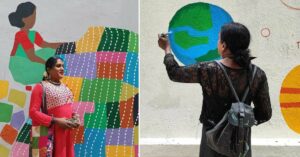What India’s Most Prominent Designers Are Doing to Revive Traditional Weaves
Prominent designers like Ritu Kumar, Tarun Tahiliani, Anita Dongre and many more are going back to the roots to bring traditional weavers in the limelight and revive the beautiful, ancient weaving techniques that are getting lost.
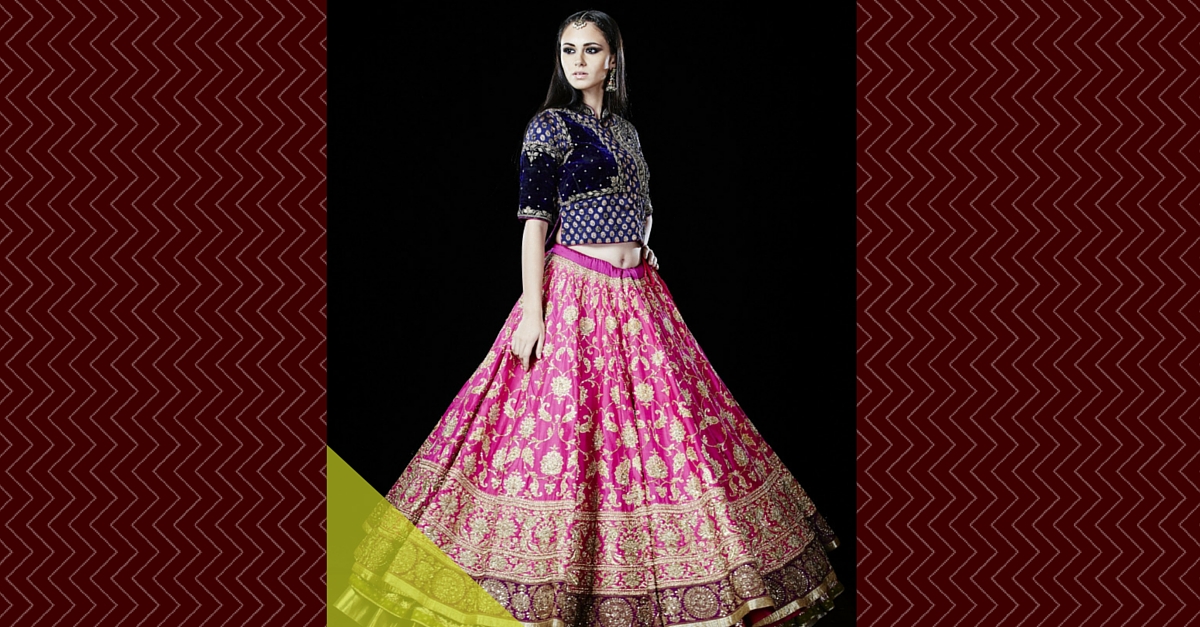
Prominent designers like Ritu Kumar, Tarun Tahiliani, Anita Dongre and many more are going back to the roots to bring traditional weavers in the limelight and revive the beautiful, ancient weaving techniques that are fast disappearing. Here’s how.
This is not the first time it’s happening – earlier, too, the prima donnas and primo uomos of the Indian fashion industry have joined hands with grassroots weavers to spin couture magic and revive dying textiles.
Be it the Paithani from Maharashtra or the Pochampally from Andhra Pradesh or Kanjivaram from Tamil Nadu, individual designers have picked their favourite to create remarkable collections that showcase the handcrafted fabrics in all their glory.
Nonetheless, this is certainly the first time a select group of the country’s best-known designers have pooled in their creative energies to catapult the fantastical gold and silver Banarasi weave to the international runway.
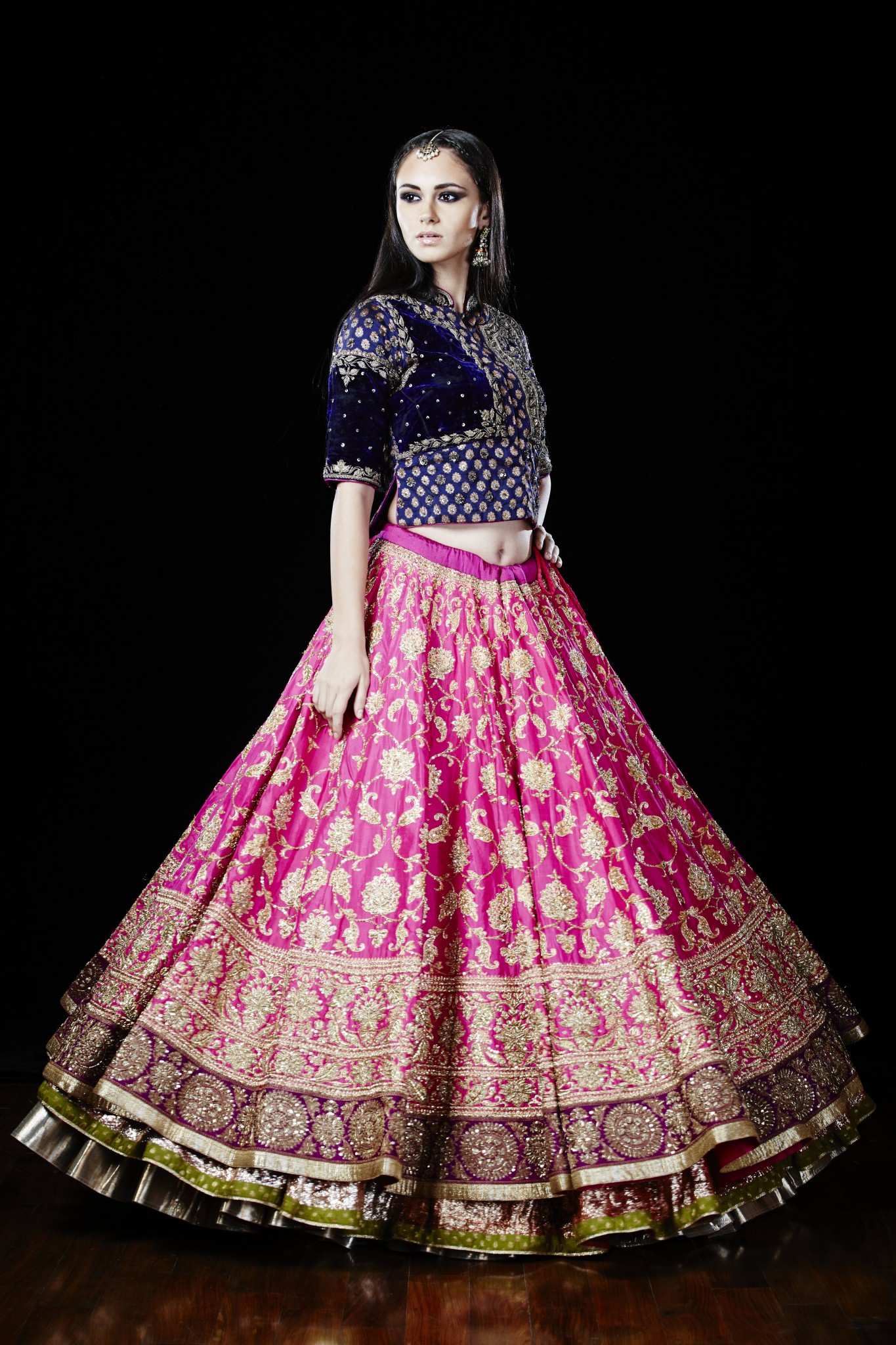
Couturiers like Ritu Kumar, Ritu Beri, Anita Dongre, Rina Dhaka, Krishna Mehta, Gaurav Gupta, and Varun Bahl, among others, have stepped in to identify and restore forgotten motifs, source exquisite handspun silk from the countryside, and establish a marketing chain that will put the Banarasi legacy on the fashion map of the world.
In fact, they recently showcased some exquisite outfits made from the ancient weave during the Lakmé Fashion Week Winter/Festival 2015 in Mumbai.
“I want to revive the fabulous tradition of gold and silver weaving of Banaras through my designs so that it can make a comeback to mainstream fashion. The weaves of Banaras are the only surviving textiles in the world, where the skills of the master weavers create handlooms [fabric] which are a true statement of the bespoke garment. These weaves and textiles are the most haute couture of all. Banaras weaves are almost like a monument worth preserving, like no other in the world,” says Ritu Kumar, the 70-year-old Delhi-based designer, who is known for her revivalist projects centred round the traditional crafts and textiles of India.
Today, Varanasi, the ancient holy city situated on the banks of the River Ganges, is home to more than 1,00,000 handloom weavers, while the region, which includes the small towns of Bijnor, Barabanki, Mubarakpur, Ramnagar, Lohta and Kotwa, has 45,000 active looms.
Though they mainly spin rich Banarasi saris, there have been some efforts to expand the product base to dresses, furnishings and fashion accessories as well. The annual turnover of this home-based industry is Rs 400 crores.
Unfortunately, over the last few decades, the hardships faced by the talented Banarasi weavers, not unlike their counterparts elsewhere, have been mounting steadily, something that is clearly reflective in their fast dwindling numbers – till as late as 2009 there were nearly 3,00,000 weavers though now they are less than half that number.
Several factors have led to their decline which, incidentally, started way back with the rise of the British Empire.
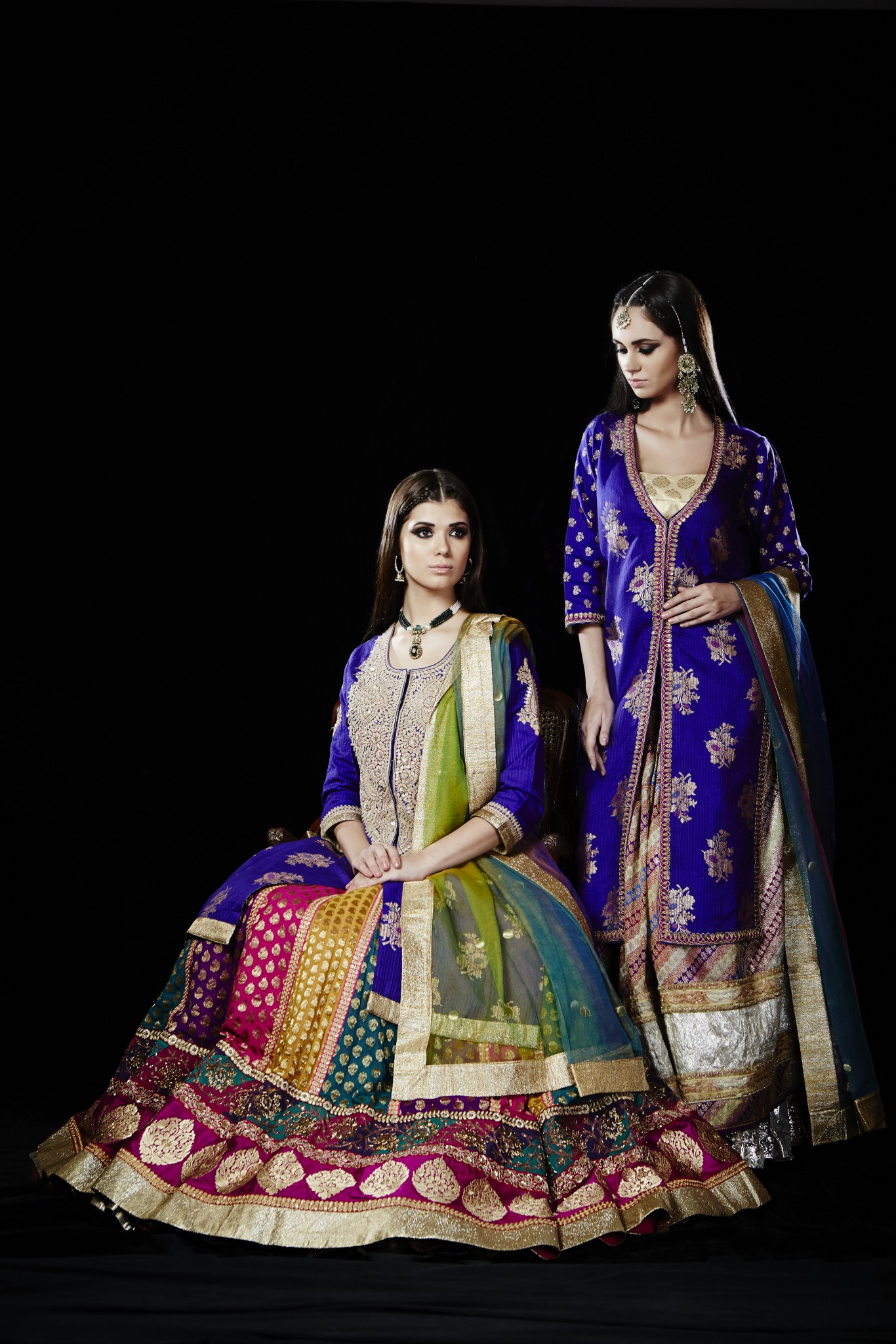
As the elaborate textile tradition lost its royal patronage and everything indigenous became old fashioned there was a conscious shift towards adopting designs imported from England and France to stay relevant and find buyers. Motifs such as badaam (almonds), kairi (mango), the shikargah (hunting scenes) and various stylised floral buti’s (flower clusters) were replaced by rosettes and more geometric patterns, essentially influences gleaned from British designs.
Apart from that, the raw material and technique, too, underwent a decided transformation. Indian silk gave way to gleaming reams from China, instead of pure gold and silver ‘zari’ its plastic counterpart became the thread of choice and later even the weaving technique was altered. This caused the hugely insecure weavers to create hybrid designs that had none of the subtlety and conviction of the earlier repertoire.
Consequently, the Banarasi sari, once known for being soft and luxurious, became stiff, rough and remarkably plain. Eventually, connoisseurs started looking elsewhere and began opting for highly embellished saris with detailed work on fabric such as chiffons, georgettes, nets and silks for special occasions like wedding or festivals.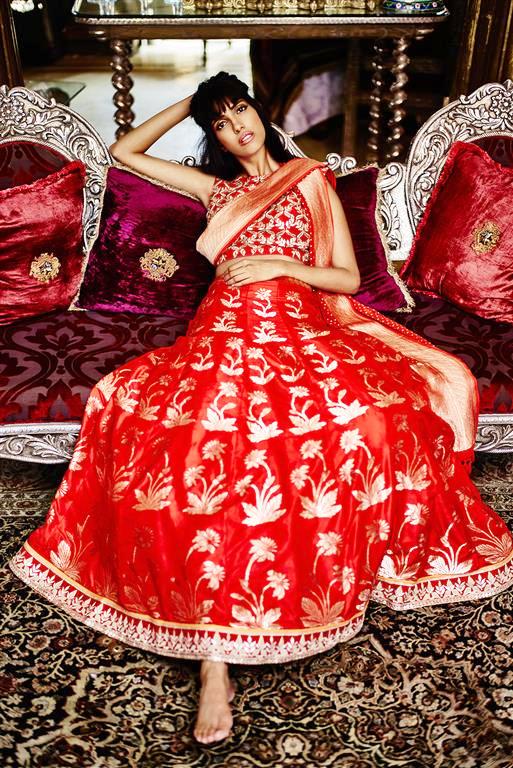
Right now, of course, it’s time to get back to the basics and reclaim the lost heritage. Not only are the designers making concerted efforts towards identifying weavers that are familiar with the 400-year-old original weaving method they are also sourcing handmade yarn from the long-established silk centres like Bhagalpur in Bihar and other small towns in neighbouring Jharkhand and ferreting for old formulas for dying the fabric in typical colours.
And all this hard work and attention to detail has not gone unnoticed. Change in attitude of the customers is already noticeable. Another Delhi-based fashion guru Tarun Tahiliani, who is well-known for his bridal wear and is a self-confessed aficionado of the Kanjivaram and Banarasi, shares, “I’m definitely seeing people, including my own wife, going back to wearing handlooms that are soft in their fall and feel. As part of my design house, I have created a separate line called ‘Help Our Heritage’ under which we basically use native weaves to make saris, dupattas and scarves with some of our signature detailing so that we can actually promote the work of our local weavers and make sure they have access to wider markets.”
Indeed, proper marketing can make a world of difference not just to the survival of the weavers and their families but to the craft itself.

Repeat and new customers mean more money which means that children of weavers needn’t be compelled to leave their age-old profession for more mundane or menial alternatives.
“Our aim is to throw the spotlight on the weaving tradition of Varanasi and bring it to the centre stage so that it, once again, finds a pride of place in contemporary India and gets recognition on the global platform as well. This will, in turn, ensure the continuance of the legacy and much-needed monetary benefits. So even as power looms remain functional, we want to make sure that our handloom legacy and culture is protected,” says Mumbai designer Anita Dongre, who has been teaming up with handloom workers from different states like Rajasthan, Gujarat and Maharashtra, on a regular basis to make clothes for her label, Anita Dongre Grassroots.
Collaborations between the designers and weavers are mutually beneficial. Whereas the artisans get ideas and guidance to make innovative fashion statements through their work the designers benefit from their inherent sense of style and an infallible understanding of the weaving technique.
Delhi-based designer Rinku Sobti, who has adopted the Bajardiya weaving cluster in Uttar Pradesh and showcased her latest collection, Tassels, at the Lakmé Fashion Week, says, “Through the Ministry of Textiles, I have been working closely with the Banarasi weavers for eight months now and find them extremely warm and receptive to incorporating any suggestions or changes to their designs. Most of them are like artists ready to experiment.”
Nonetheless, at present the foremost challenge before them all is to find a way to woo the young fashionistas to pick up the rich, and often expensive, weave. According to Ritu Kumar, “The Banaras weaves are heavy and don’t come cheap. So they can’t be used on daily basis in the traditional form. Whereas people are willing to pay the price for quality, in order to attract the young, designers will have to give it a contemporary spin.”
Like her contemporaries, Mumbai designer, politician and social worker Shaina NC, best known for her designer saris, is committed to the cause of bringing back the Banarasi with a bang. She says, “This entire initiative of reviving Indian textiles, especially the Banarasi, is more of a way of giving back to society, where designers give back to the artisans. The fashion fraternity has come together with various stake-holders, including the government, to create products that are par excellence.”
From adopting weaver clusters to unveiling exclusive creations, designers have surely pulled out all the stops to reinvent and showcase the Banarasi weave. Remains to be seen how far this shine of revival will rub off on the lives of the impoverished creators.
Like this story? Or have something to share? Write to us: [email protected], or connect with us on Facebook and Twitter (@thebetterindia).
This story made me
- 97
- 121
- 89
- 167
Tell Us More
We bring stories straight from the heart of India, to inspire millions and create a wave of impact. Our positive movement is growing bigger everyday, and we would love for you to join it.
Please contribute whatever you can, every little penny helps our team in bringing you more stories that support dreams and spread hope.







